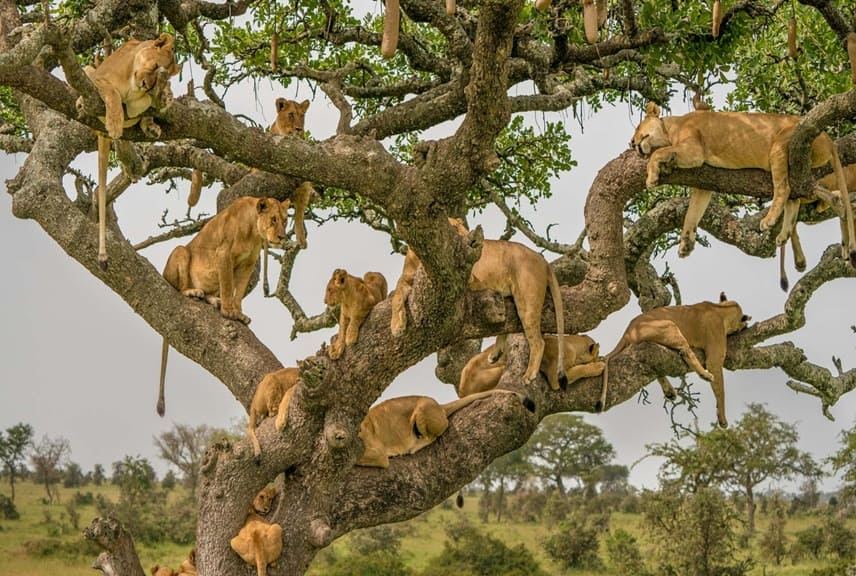
Serengeti National Park is a renowned wildlife conservation area located in northern Tanzania. It is one of Africa's most famous national parks, known for its vast and diverse ecosystems, which support a wide variety of wildlife. Here are some key points about Serengeti National Park:
Geography and Ecosystem
Location: Northern Tanzania, extending into southwestern Kenya.
Size: Approximately 14,750 square kilometers (5,700 square miles).
Landscape: Features open plains, savannah, riverine forests, and woodlands.
Wildlife
Great Migration: The park is famous for the annual Great Migration, where over 1.5 million wildebeest, along with hundreds of thousands of zebras and gazelles, migrate in search of fresh grazing. This spectacle is one of the most impressive wildlife events in the world.
Big Five: Home to the "Big Five" (lion, leopard, elephant, buffalo, and rhinoceros), as well as cheetahs, hyenas, giraffes, and numerous bird species.
Conservation
Established: Serengeti was established as a national park in 1951.
UNESCO World Heritage Site: Designated as a World Heritage Site in 1981.
Biodiversity: The park plays a critical role in biodiversity conservation, protecting numerous species and their habitats.
Tourism
Safaris: A popular destination for safaris, attracting tourists from around the globe.
Lodges and Camps: Offers a variety of accommodation options, from luxury lodges to tented camps, allowing visitors to experience the park's wildlife and landscapes up close.
Research and Education
Research: The park is a hub for ecological and wildlife research, contributing valuable insights into conservation science.
Education: Efforts are made to educate visitors and local communities about the importance of wildlife conservation and sustainable tourism practices.
Serengeti National Park is a vital natural treasure, offering a glimpse into the wonders of the natural world and the importance of preserving it for future generations.
Map
